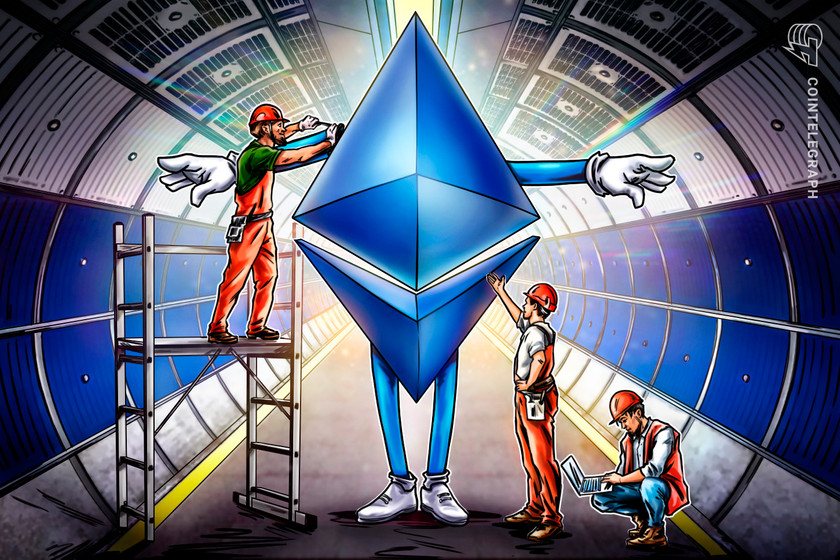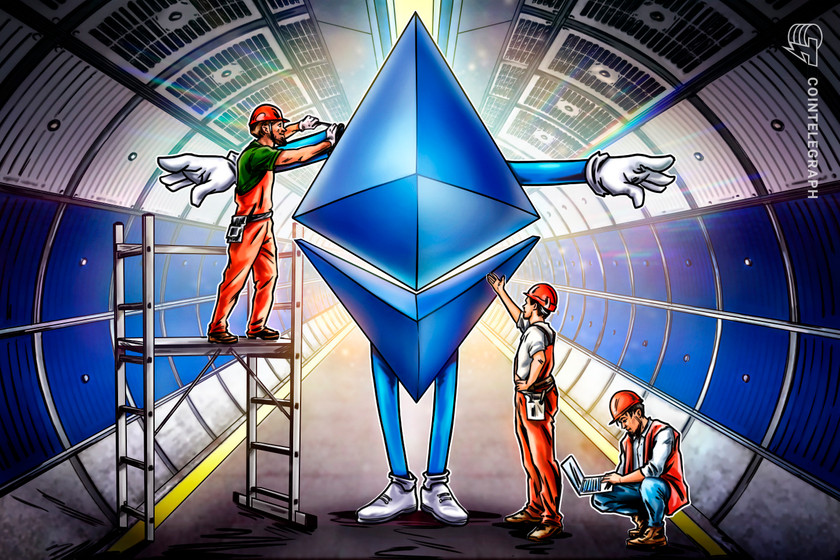How will the Shanghai upgrade impact ETH price? Expert explains


While it may cause downside pressure in the short run, the Shanghai upgrade will be highly bullish for Ether’s price in the mid-to-long term, according to Vivek Raman.
While it may have some short-term negative impact on the price of Ether (ETH), the upcoming Shanghai upgrade will be highly bullish for Ethereum’s native token, as it will attract more capital to staking and increase the network’s security, according to Ethereum researcher Vivek Raman.
The Shanghai upgrade, scheduled for April 12, will allow network validators to withdraw funds that have been locked to secure the network since December 2020. The upgrade will complete the network’s transition to a proof-of-stake system, which started in October 2022 with the Merge.
Around 18 million ETH will be available for withdrawal following Shanghai. According to Raman, that may lead to some selling pressure on ETH’s price in the short term.
However, in the long run, the ability to unstake Ether will “de-risk the ETH investment in a tremendous way,” he pointed out. In particular, institutional investors that couldn’t get involved earlier in staking will feel more comfortable once ETH can be unstaked. More capital entering ETH staking will improve the Ethereum network in the long run.
“The more native proof-of-stake asset that’s staked, the higher the cost to attack the chain,” Raman pointed out.
To find out more about the implications of the upcoming Ethereum upgrade, check out the full interview on our YouTube channel and don’t forget to subscribe!
Magazine: ‘Account abstraction’ supercharges Ethereum wallets: Dummies guide































